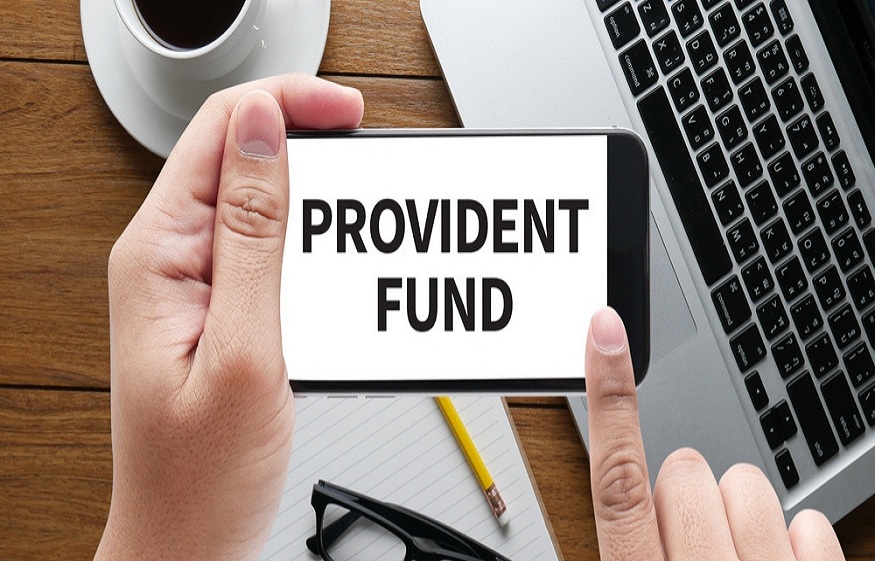Employee Provident Fund is a saving-cum retirement scheme in which employers and employees contribute part of their salary towards their EPF account. Employers and Employee each pool 12% of the basic pay of the employee in the EPF account every money. The funds in the EPF account can be withdrawn after the retirement. However, in cases of financial contingency, employees can partially withdraw the funds from their EPF accounts. All the transactions can be made online. This makes the overall process quite easy. Poeple can also make use of an online epf passbook login which makes the process easy.
When can employees withdraw the funds from the EPF account: The partial withdrawal of funds is possible in the following circumstances.
- Medical purposes: The employees can withdraw the funds for the treatment of themselves, their spouse or their children. They can withdraw funds only under the specified limits. The funds can be withdrawn up to six times of their basic monthly salary or the total employee’s share plus interest, whichever is lower.
- Educational purpose: EPF funds can be utilised for the education of account holders or the education of their children post matriculation. They can utilise up to 50% of their share if they have provided their services for seven years.
- Marriage: Employees can partially withdraw funds from the EPF account for the wedding of self, their children or brother and sister. They can withdraw up to 50% of their share of funds if the account has been opened for seven years.
- Construction of house: If you want to purchase the land or construct a new home or the purchased property, you can partially withdraw the funds. To withdraw the funds from the EPF account, you must have completed five years of service in the organisation. For purchasing the land, you can withdraw up to 24 times of basic monthly salary plus dearness allowance. However, if you withdraw funds for the home, you can withdraw 36 times of basic monthly salary plus dearness allowance. You must meet the following conditions as well as to withdraw funds for this purpose.
- The owner of the land or the house should be the account holder or the spouse.
- The construction must begin within six months and be completed with twelve months of withdrawing the funds.
- You can withdraw EPF funds only once for this purpose.
- Repayment of home loan: You can withdraw the funds from the EPF account for repayment of home loan if you continue your services for ten years. Here is the withdrawal limit for reimbursement of home loans.
- Up to 36 times of basic salary along with the dearness allowance
- Total corpus consisting of employer and employee’s contribution with interest.
- Total outstanding interest and the principal amount of loan
- Partial withdrawal before retirement: The employees can withdraw 90% of the total corpus along with interest. They can withdraw the funds if they have reached the age of 54 years.
Process of withdrawal of funds: Employees can partially withdraw the funds in two ways:
- Submitting the physical application
- Submitting the online application
How to withdraw the funds online: To withdraw the funds online, you must have an activated Universal Account Number and mobile number. Also, you must link your UAN with the KYC details such as an Aadhar, PAN and bank details. Once you log in your UAN portal by using your UAN number and password, verify your KYC details by clicking on ‘Manage’ and select KYC. After ascertaining the KYC, click on option ‘Claim (Form-31, 19 & 10C)’ from the drop-down menu. Enter the bank details and click on ‘Proceed for Online claim’. Select the claim from the options, full EPF settlement, EPF part withdrawal or pension withdrawal. Finally, choose ‘PF Advance (Form 31)’ to withdraw your fund.
Read more: Why it is safe to choose the tmus stock investment than the other?
Withdrawing funds offline: You can also withdraw the funds offline by submitting the composite Form with non-Aadhar and Aadhar categories. While the Aadhar claim form can be sent to the EPFO without the attestation of the employer, you need an attestation for the non-Aadhaar class.

